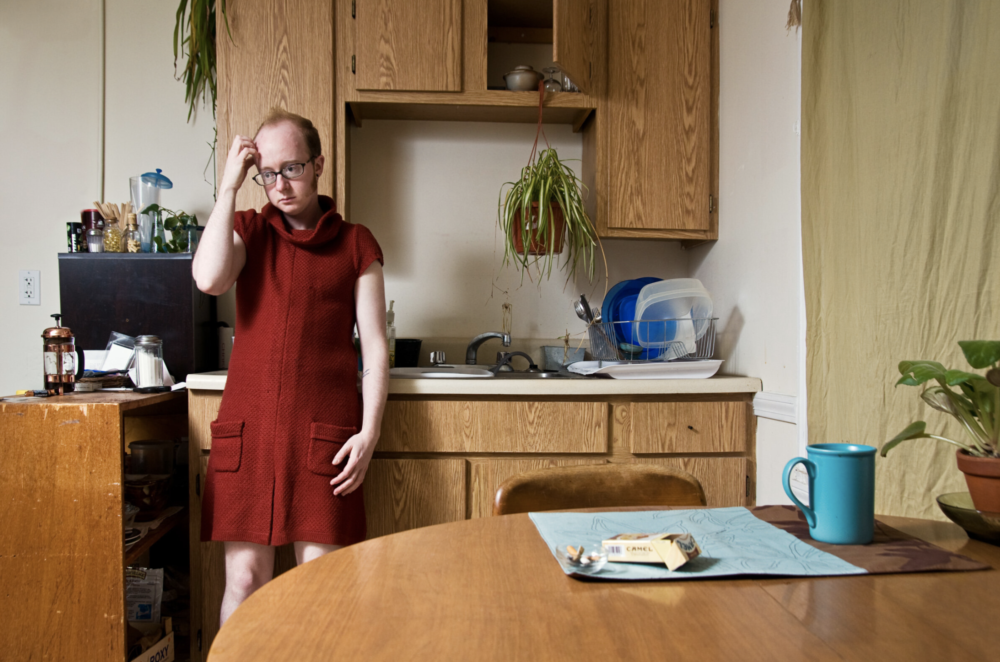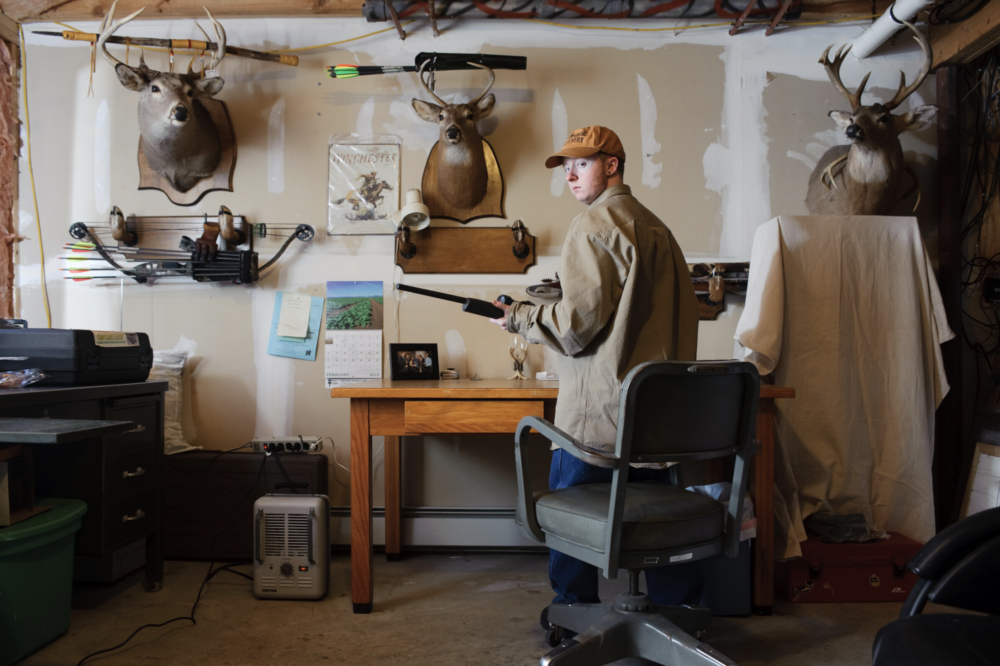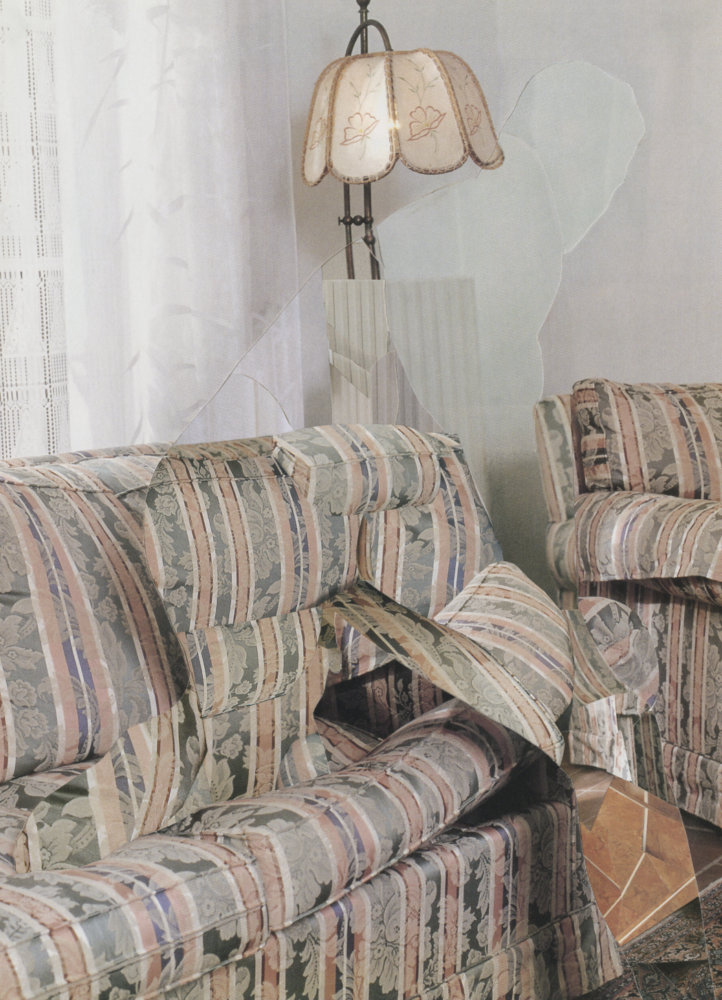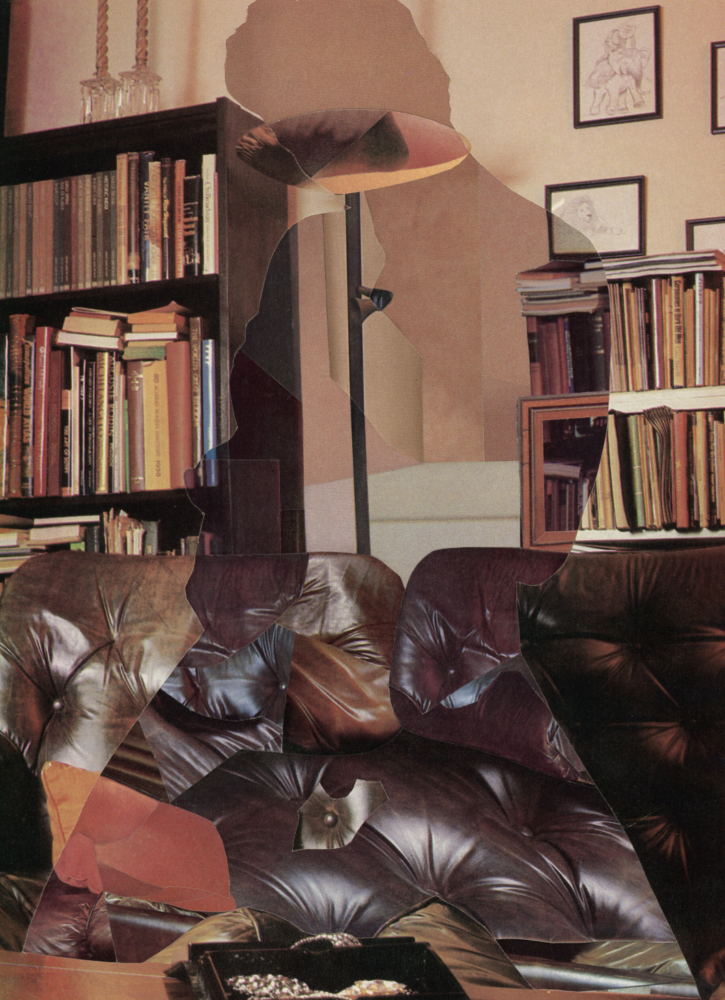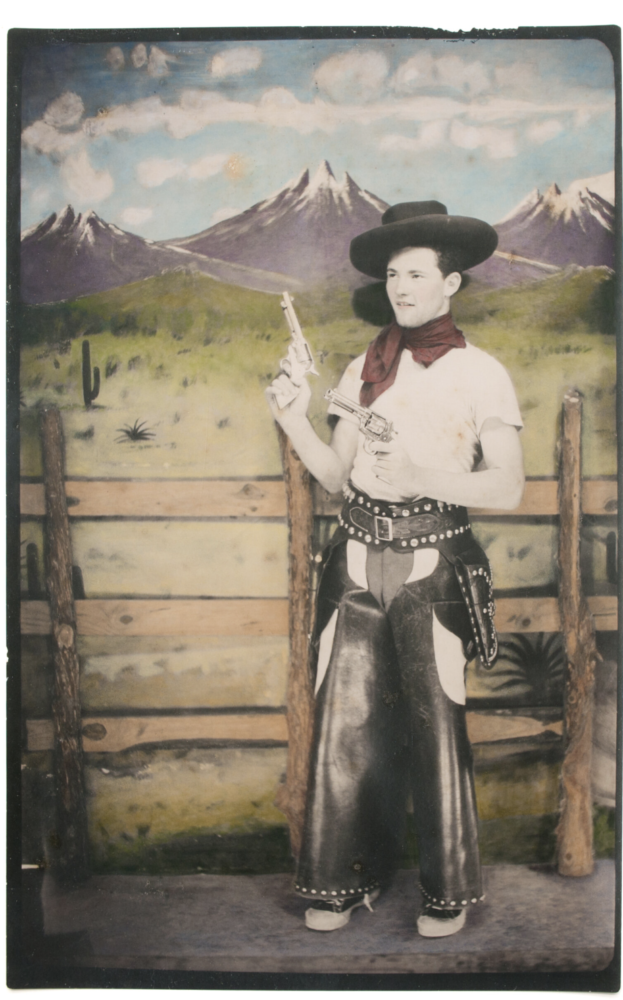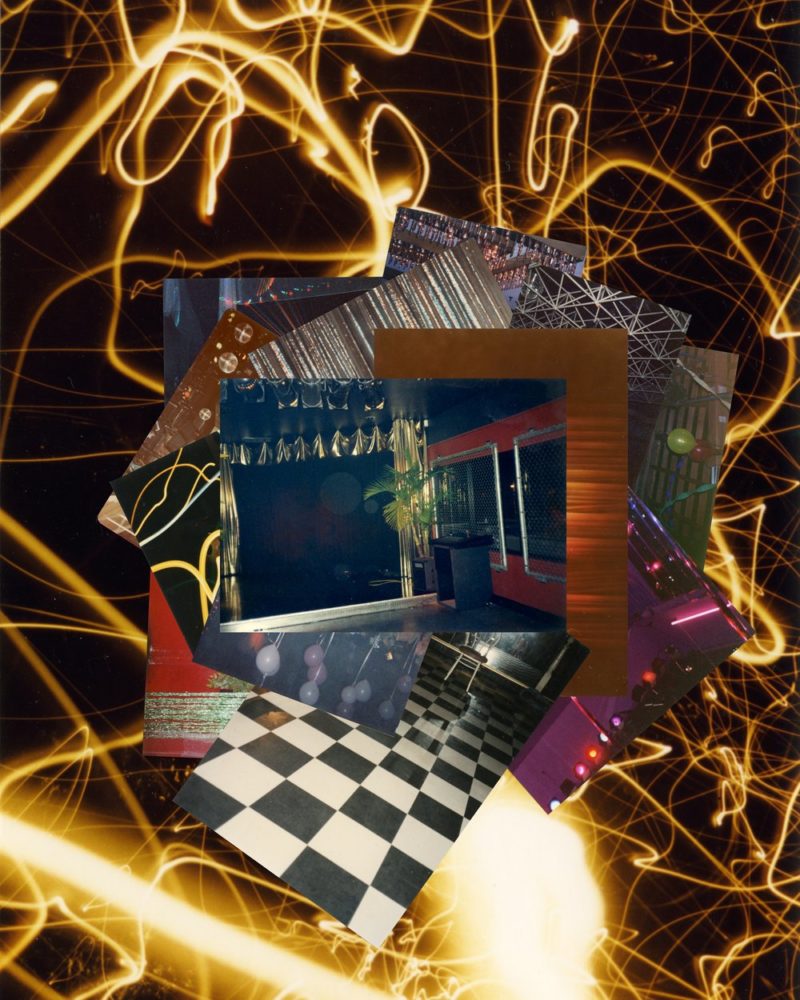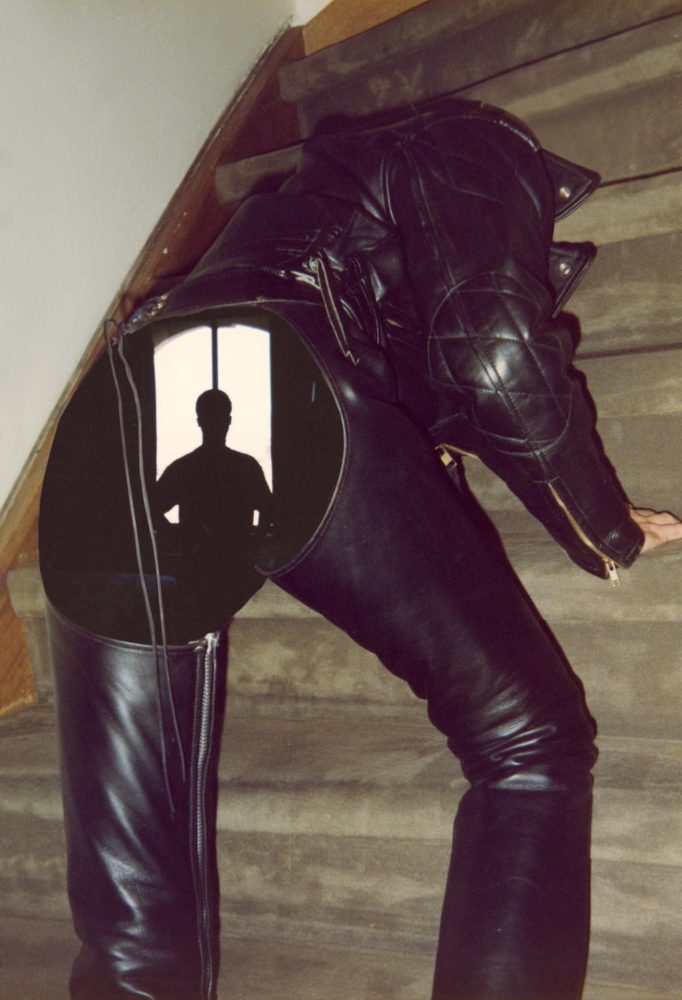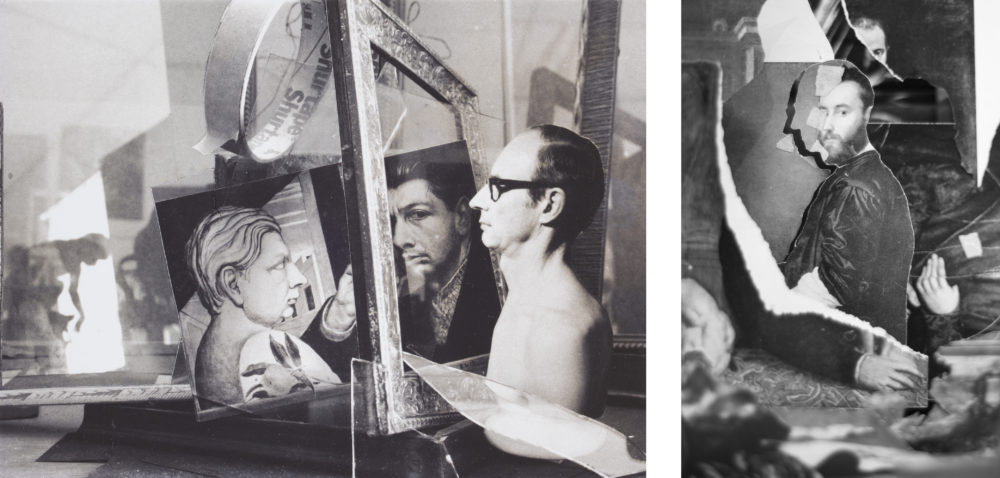Artadia: You received the Artadia Award in 2009. What was receiving the award like at the time, and how has it continued to affect your artistic practice?
Cole: Winning the Artadia grant was one of the first big things that came my way after I graduated from photo school. As a way to get my work out into the world, my friend and I challenged each other to enter in 50 calls for entry (the “loser” to buy the other a round of drinks). Artadia was one of the open calls we both entered, partly because of its accessibility. Grant entry fees add up when trying to get your work out there. It was an amazing opportunity to not just submit without a fee but to talk with curators about your work and get some direct feedback and evaluation. Typically, you send your work out into the world, and that’s it.
What’s been really amazing about the award is the doors it opens – as in the respect, the prestige, and what is afforded to you by having that – it acts as a reference point. Being an Artadia Awardee has allowed me to connect with other artists and to this larger network. It is the only ongoing, sustaining thing that I’ve won. Usually, they’re like, “here, have this thing, go live your life!” All of the workshops and events are geared towards creating connections and sustaining community.
Artadia: How would you describe Boston’s arts community? What was it like when you first came versus now, having lived there for over ten years?
Cole: Boston felt so big when I first got here. I was apprehensive at first that there would be too much constant change with all the universities – you wonder if people will constantly be leaving or turning over. Boston is big enough that you’ve never seen everything, but it’s small enough that you can get to know people. I’ve found there is a longevity to the relationships I’ve made here.
There is an expanse of different pockets of things happening in the greater Boston area. So many great local initiatives make it possible to have all sorts of experiences with art. The art scene is expansive beyond institutions, of which Boston has many. There is drag, burlesque, circus, and music – the arts scene is super diverse.

